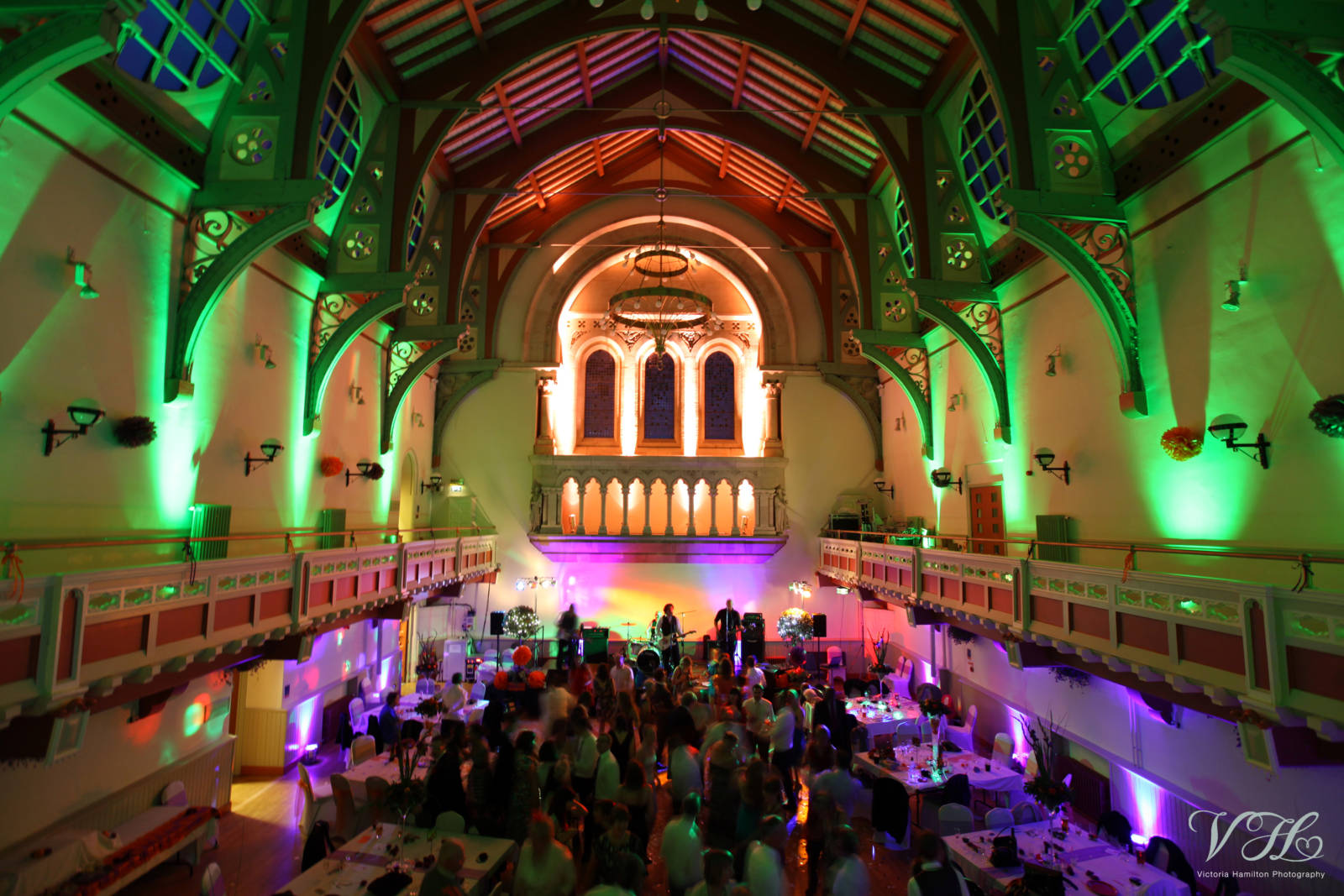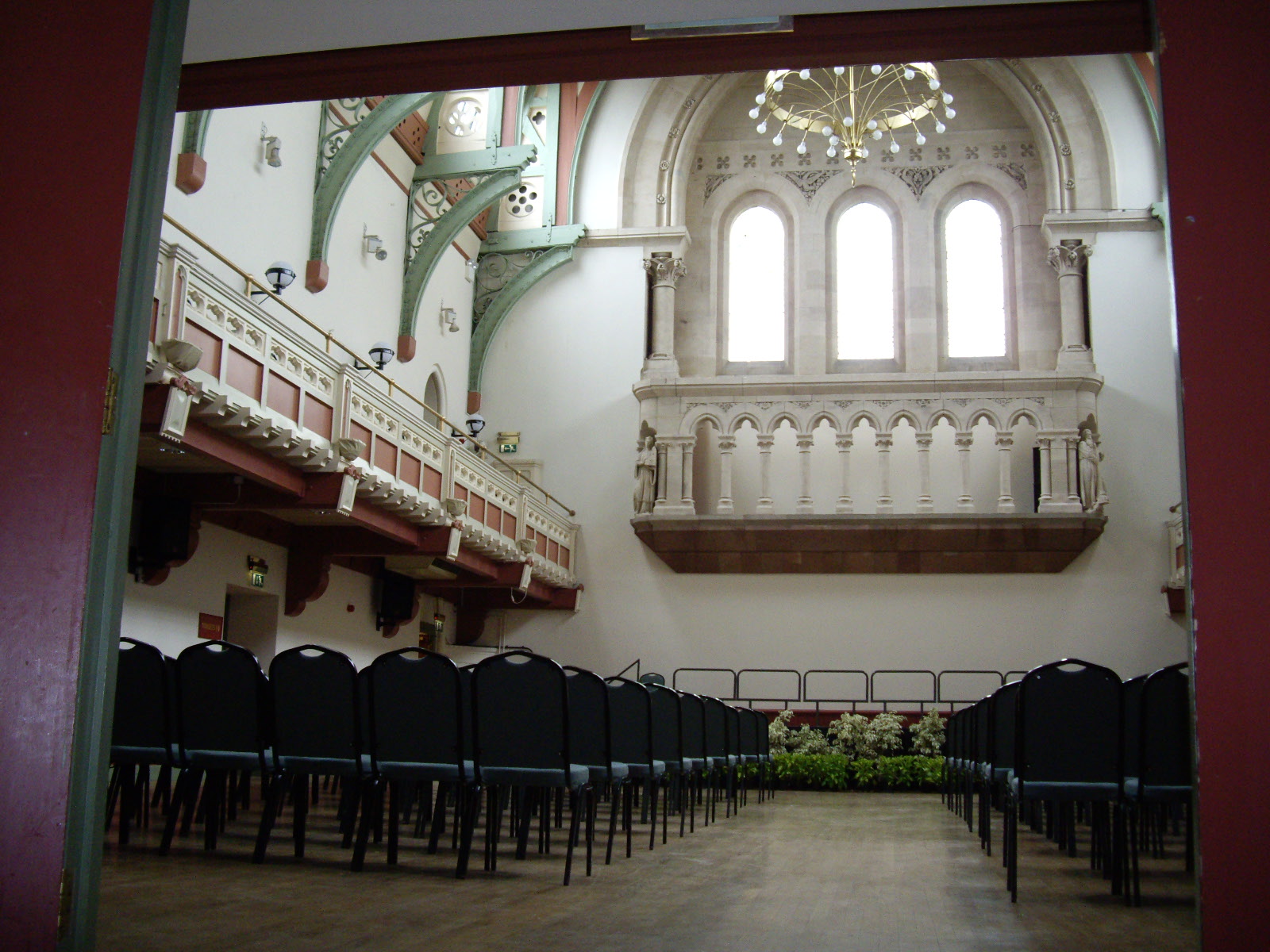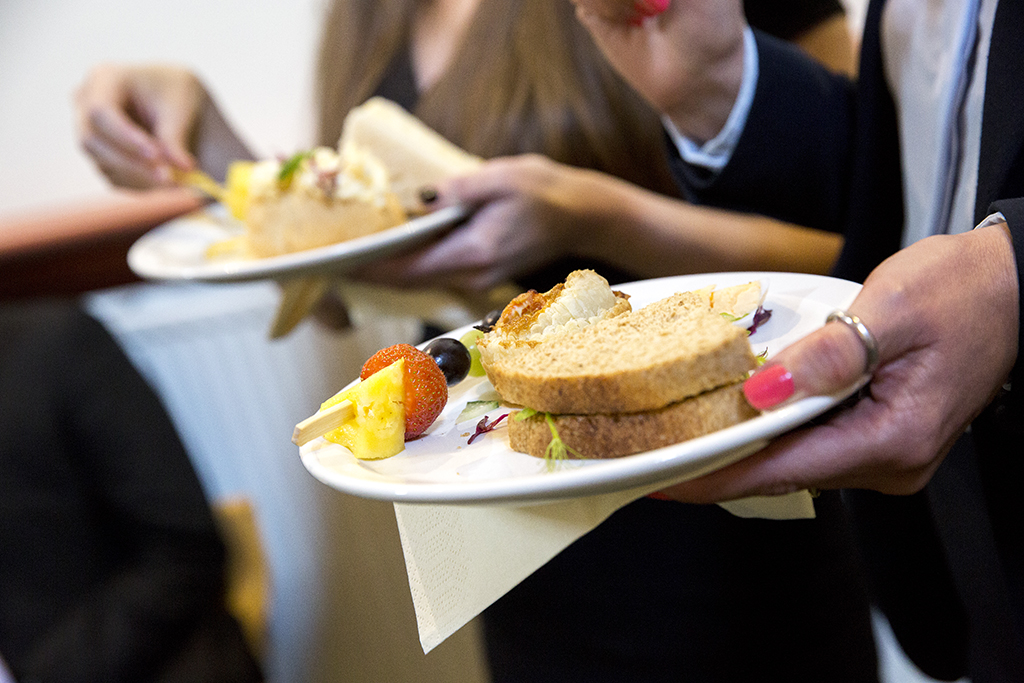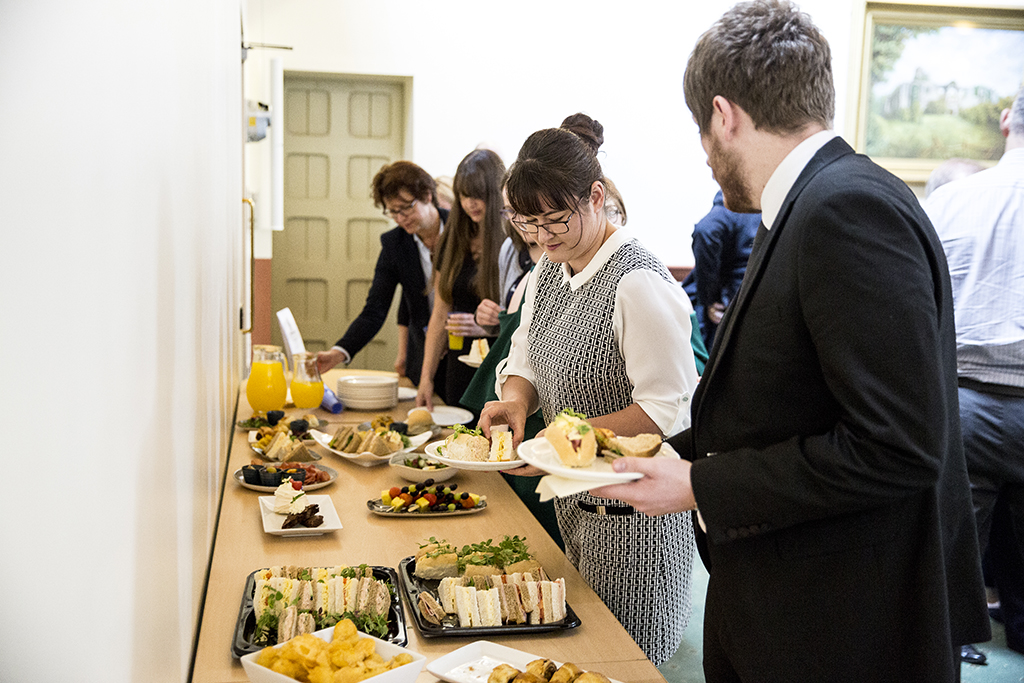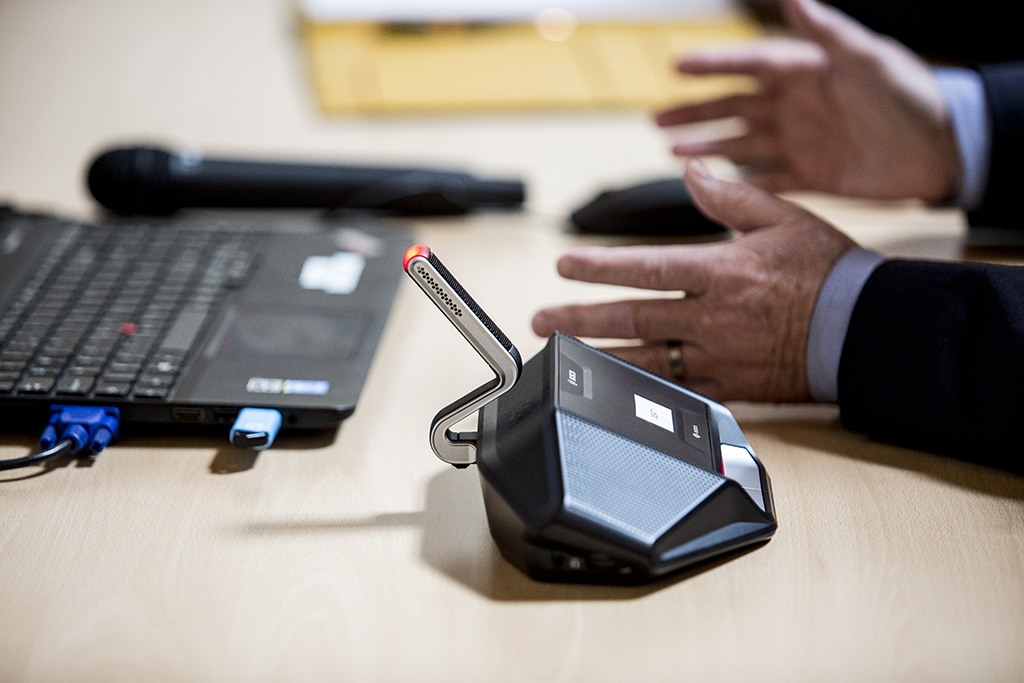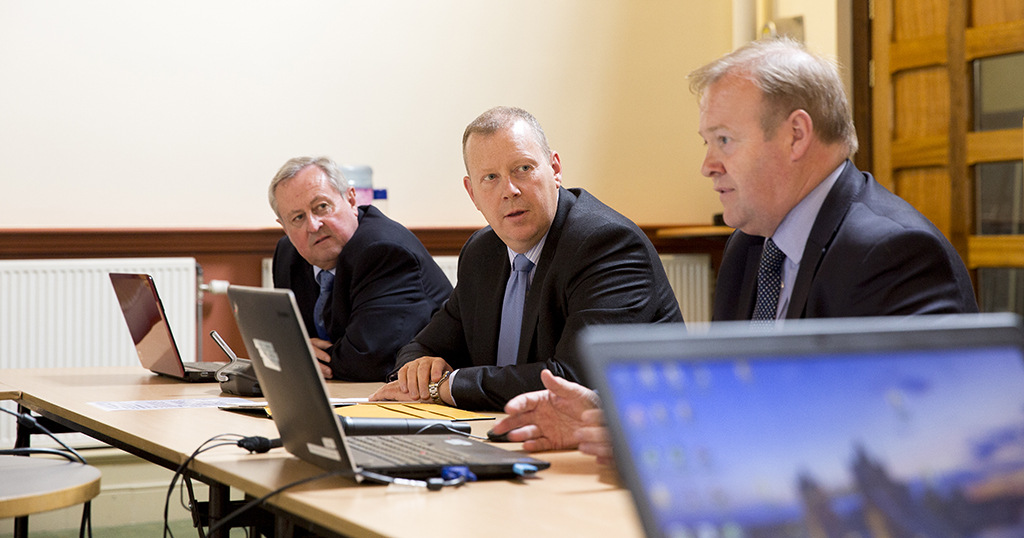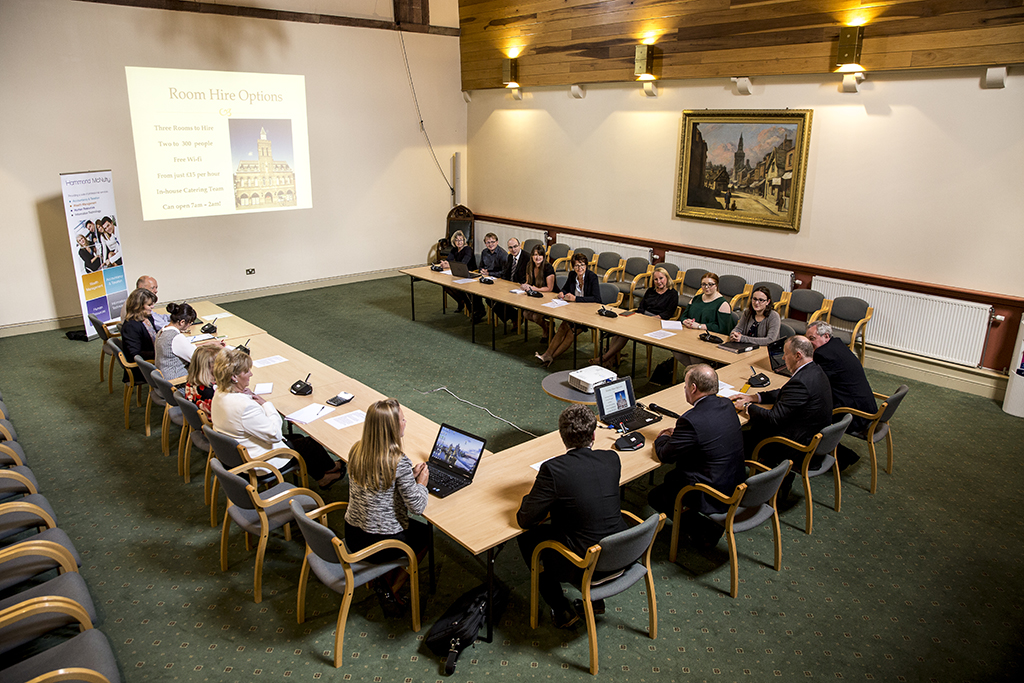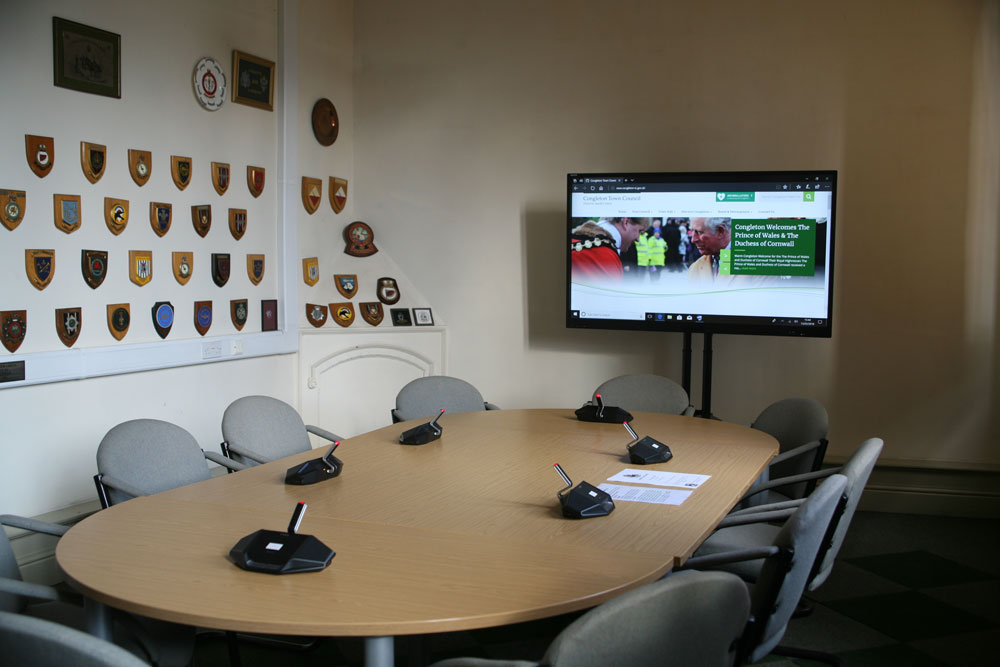The regicide, John Bradshaw, is said to have served his articles in this half-timbered house which has jettied gables and windows which have mullions, transoms and casement windows. There is a courtyard at the back of the building which is said to date back to Elizabethan times. John Bradshaw is Congleton’s most famous son, although he was not born here, he came to learn his trade as clerk to the Attorney whose office, it is believed, was in this house. Bradshaw served as mayor of Congleton but eventually left for London. After a spell as Chief Justice in Chester he returned to London. He was an ardent supporter of Parliament, both during the Civil War and later when he fell out with Cromwell over the latter’s conduct in assuming the role of Protector and dismissing the Rum Parliament. He is best known, however, for his role as President of the Court at the trial of King Charles I. Charles refused to plead as he did not recognise the legitimacy of the Court and there is controversy about whether it was a fair and legitimate trial.
Bradshaw was not first choice as President of the Court, but others refused to serve. He wore an iron-lined hat and had a bodyguard against the threat of execution. The hat is in the Ashmolean Museum. You can find out more about John Bradshaw in the Congleton Museum, found behind the Town Hall.. Bradshaw’s name headed the list of signatories. Bradshaw died in 1659. After the Restoration, his body, like those of Ireton and Cromwell, was exhumed, hung on the gallows at Tyburn, and then beheaded. The bodies were then flung into a common pit and the heads were mounted on pikes and displayed at Westminster Hall where Samuel Pepys recorded that he had seen them.
Thomas Parnell, who was Bradshaw’s clerk and remained one of his supporters, sued for pardon, which was granted by Charles II. He is a direct ancestor of the current Lord Congleton whom we were pleased to welcome to Congleton for the 150th Anniversary of the building of the Town Hall.


